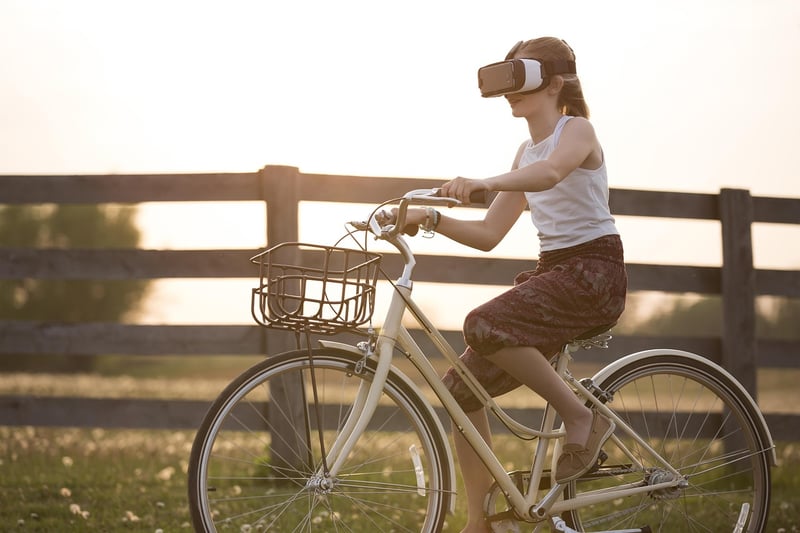VR Designer
The Future of Design: VR Designer
In today's rapidly evolving technological landscape, the field of design is expanding into exciting new frontiers. One such cutting-edge profession that is gaining traction is Virtual Reality (VR) design. VR designers are at the forefront of creating immersive, interactive virtual experiences that push the boundaries of traditional design practices.
What Does a VR Designer Do?
A VR designer is responsible for conceptualizing, designing, and implementing virtual reality experiences across various industries. They combine elements of traditional design principles with interactive technologies to create immersive environments that engage users on a whole new level.
Skills Required
- Strong design fundamentals
- Proficiency in 3D modeling and animation
- Understanding of user experience (UX) design
- Knowledge of interactive technologies
- Ability to work in multidisciplinary teams
Tools of the Trade
VR designers utilize a variety of tools and software to bring their visions to life. Some common tools include:
- Unity3D
- Unreal Engine
- Blender
- Adobe Creative Suite
Why VR Design Matters
The potential applications of VR design are vast and diverse. From creating immersive gaming experiences to designing virtual training simulations for industries like healthcare and education, VR designers play a crucial role in shaping the future of human-computer interaction.
Get Started in VR Design
If you're interested in pursuing a career as a VR designer, there are plenty of resources available to help you get started. Online courses, tutorials, and community forums can provide you with the knowledge and skills needed to break into this exciting field.
Are you ready to dive into the world of VR design and explore the endless possibilities it offers? Start your journey today and be a part of shaping the future of design!

Image source: Pixabay
